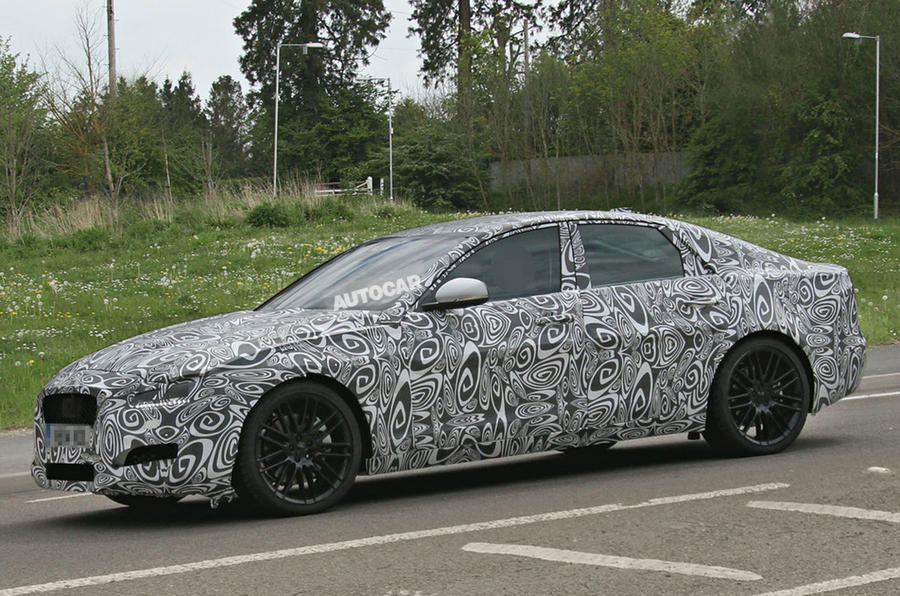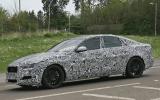Jaguar insiders have indicated that the models appearing in the next 12-24 months will consolidate the look established by the Jaguar XF, Jaguar XJ, Jaguar F-Type and XE.
That means that the next XF, due within that time frame, will be evolutionary in terms of look. We can, though, expect a lightweight aluminium body structure for the car, which is currently steel-bodied.
The next-gen XJ, however, “will be a bit of a jolt, but will work for people”, according to a source. The C-X17 SUV, meanwhile, is under “close consideration”, but it’s highly likely that this model will get the green light, given the popularity of premium SUVs.
From 2017, Jaguar will push towards a new look. The rectangular grille developed for the saloons will remain, “but everything else will change”. It’s also possible that Jaguar will introduce a new ‘white space’ range to complement the five-car line-up (with the SUV) it will have by then, and it will have decided how to replace the XK.
Jaguar has also explored the possibility of a model to sit beneath the XE as a rival to the Mercedes A-class and Audi A3, but the plans are understood to have been abandoned for now because rear-drive hardware cannot be efficiently packaged in a small body.
JLR makes a front/four-wheel-drive model in the form of the Range Rover Evoque, but its hardware is too costly for the market Jaguar wants to enter.
However, if Land Rover decides to offer a model smaller than the Evoque, it might give Jaguar the opportunity to offer a new entry-level model thanks to the economies of scale achieved by sharing hardware across the brands.
Whether the business plan can work is another matter, because JLR will still be a long way short of its rivals’ volumes. But it remains a possibility that is also desirable for fleet-average CO2 target reasons.
Get the latest car news, reviews and galleries from Autocar direct to your inbox every week. Enter your email address below:










Add your comment
'We can, though, expect a
We were expecting a lightweight sports car ini the F-Type but it weighs a quarter of a ton more than the equivalent Porsches. Still a fantastic car, but new from the ground up and with a new engine, built of alluminium and yet still heavy. Jag need to find ways, as Porsche have long since done, to cut weight whilst retaining and enhancing stiffness.
PS: and still on sign of brake regeneration from Jaguar.
LOWER EMISSIONS, NOT SALES.
I read that bizarre paragraph several times to confirm that it suggests Jaguar might deliberately CURTAIL sales rather than in invest in hybrid and other technologies to cut emissions. They could cut emissions to ZERO by stopping production altogether!
Jaguar